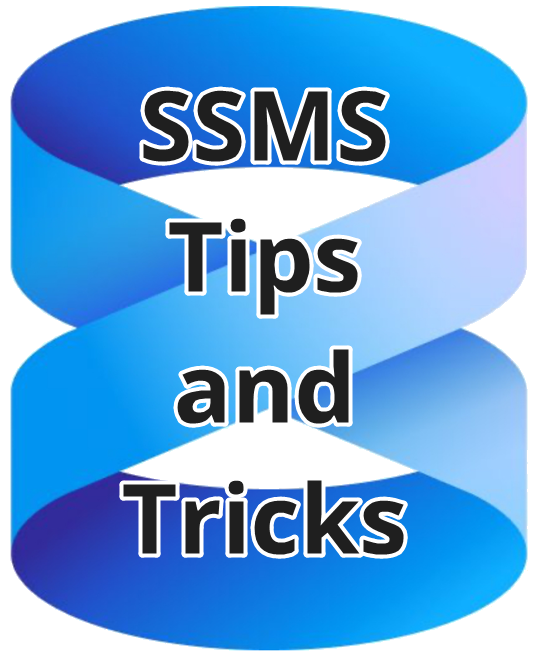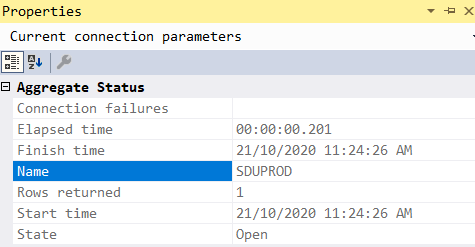
Data Tales 3: The case of the stubborn log file
This is the third tale in a series of stories about data. I hope you enjoy the series.
Anyone who has worked with SQL Server for any length of time knows the common errors that happen. Before a new user even completes their question, you often know how it’s going to end.
One of those questions is always about database log files that keep growing and growing until they fill all available disk space. Sound familiar? We’ve all heard about that one and most of us would have a straightforward checklist for what to look for.
2025-09-07





